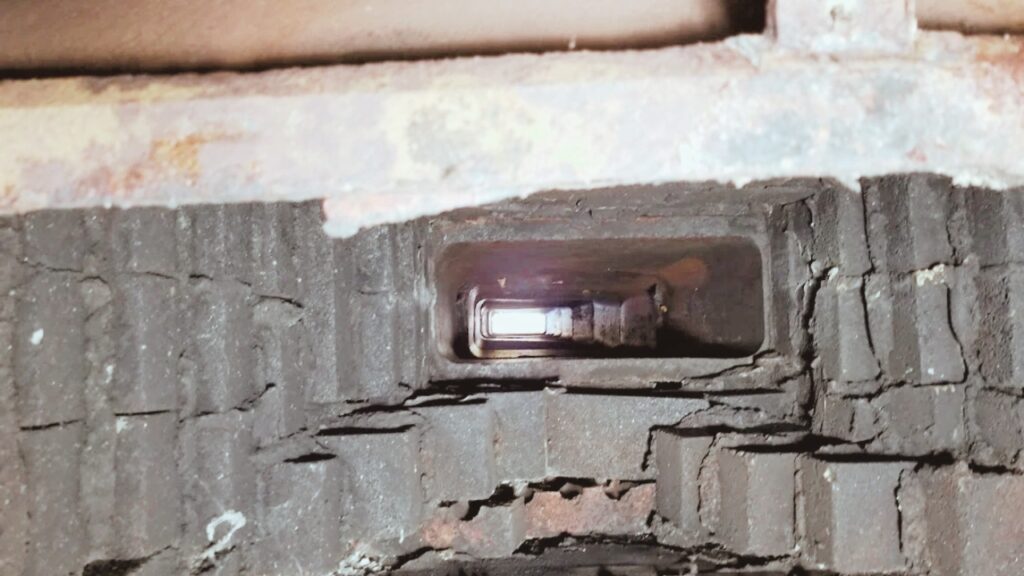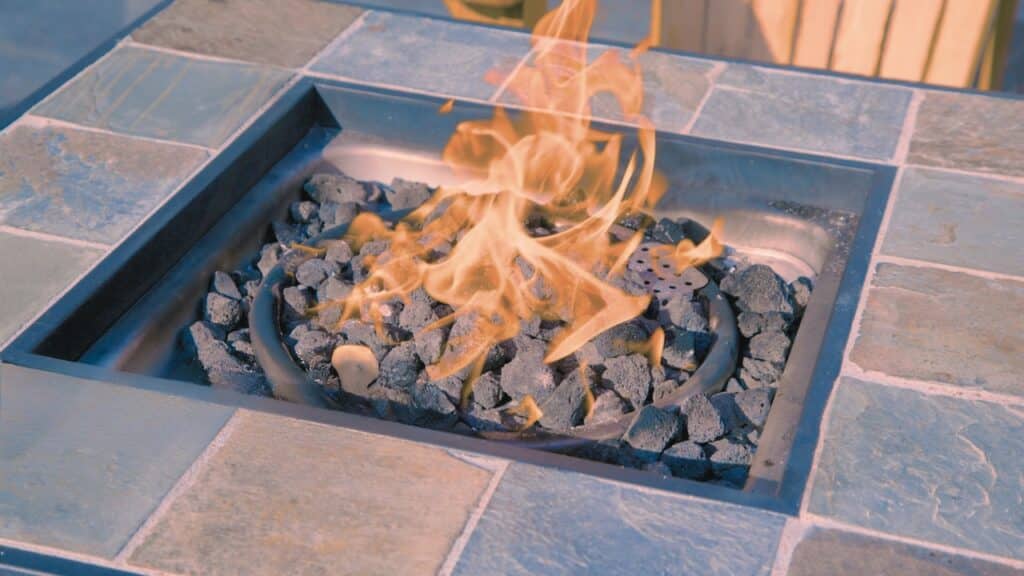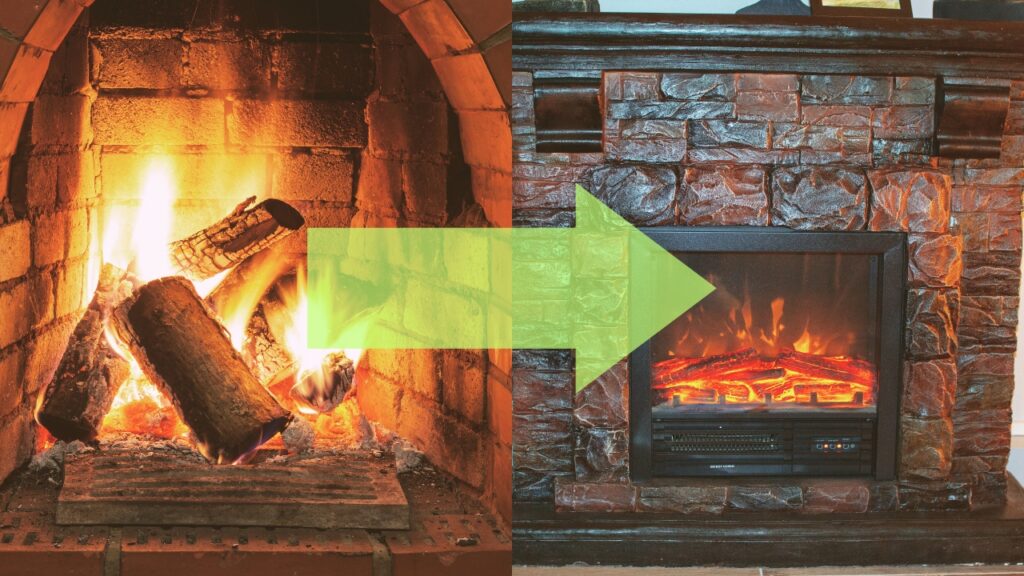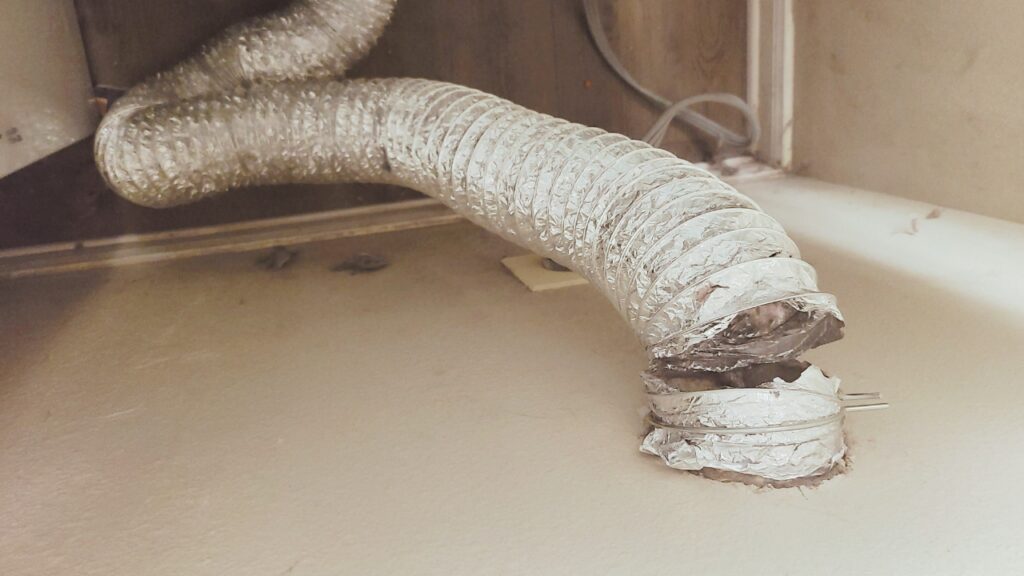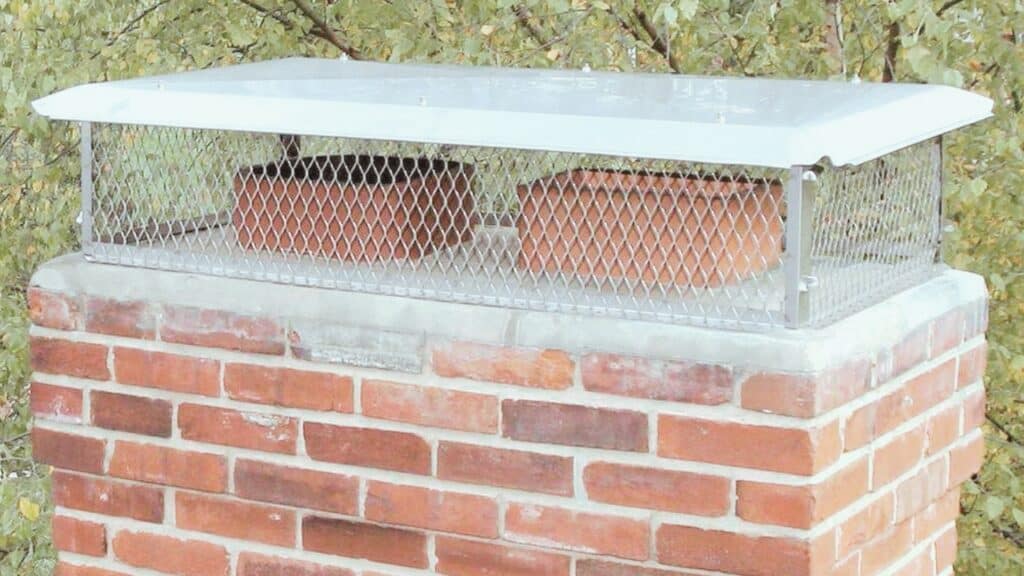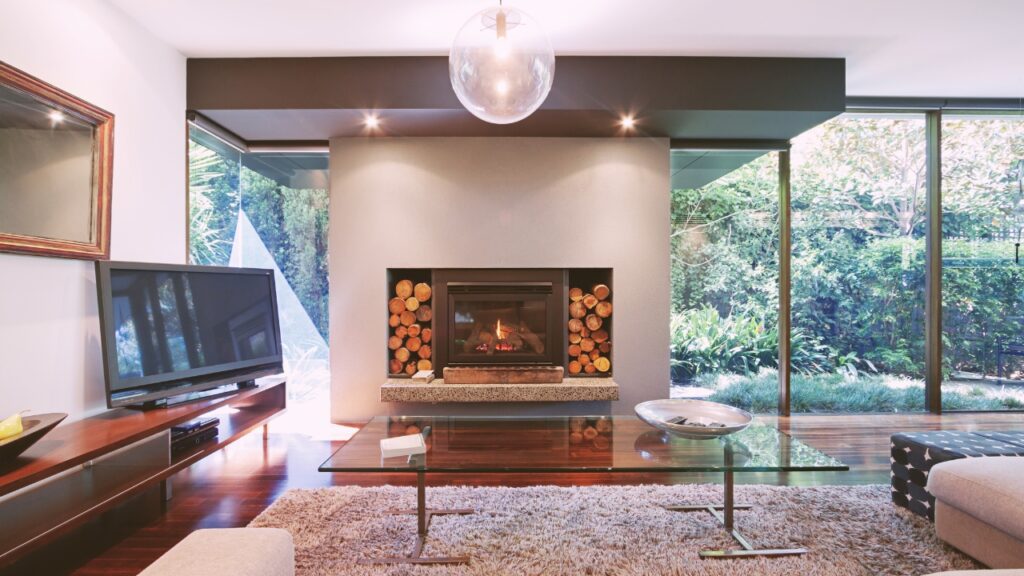Shared chimneys are a common feature in condos and townhouses. These homes often have an attached fireplace in a shared space, While some units have their own chimneys and fireplaces.
Understanding the laws and regulations regarding shared chimneys can be complex, but homeowners need to know the rules to avoid arguments with their neighbors.
This post will discuss everything you need to know about shared chimneys, including their function, who is responsible for their maintenance and repairs, and how to remove them.
What is a shared chimney and how does it work?
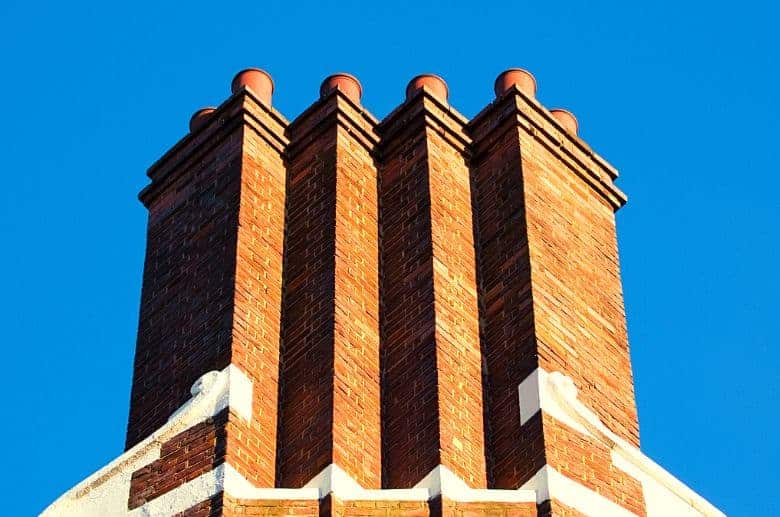
A shared chimney is one where two or more houses use the same stack to cover flues that remove combustion byproducts such as smoke and toxic gasses like carbon monoxide.
Note that flues usually overlap in loft spaces, so homes also share chimney breasts.
Shared chimneys are typical in townhouses and condos.
Who is responsible for shared chimney maintenance and repairs?
In most cases, the repair and maintenance of a shared chimney are the responsibility of individual homeowners. However, this can vary depending on the laws of the homeowners association (HOA).
The HOA typically covers costs for repairs related to plumbing and electrical systems, but laws can differ regarding shared chimney systems.
In most areas, individual unit owners are responsible for cost-sharing repair and maintenance costs and are required to pay for repairs when units have their own fireplaces, chimneys, and flues.
Keep in mind that the homeowners association covers external repairs in most states. This means things like leaks caused by damage to the roof and its components.
So, if the chimney problems are caused by external damage, you will probably not cover the repair costs. Remember, failure to inform the HOA about the damage to the chimney could lead to the association declining to cover internal repairs caused by external damage.
All in all, taking proper care of your chimney is essential. A good habit is to schedule an annual chimney inspection with a reputable local chimney sweep. This will ensure the chimney continues functioning correctly and helps you avoid costly repairs.
Can I remove my half of a shared chimney stack?
You have to give your neighbor a written notice before removing half of a shared chimney stack, as the process affects the structural integrity of both your homes. Note that party wall agreements apply if the stack is on a party wall.
Some homeowners opt for partial chimney removal to reduce maintenance costs, while others do it when they switch to other fireplace types or heating systems.
——
Do You Need to Hire Chimney & Fireplace Expert?
Get free quotes from qualified experts near you. No commitment required!
——
Partial chimney stack removal vs full chimney stack removal
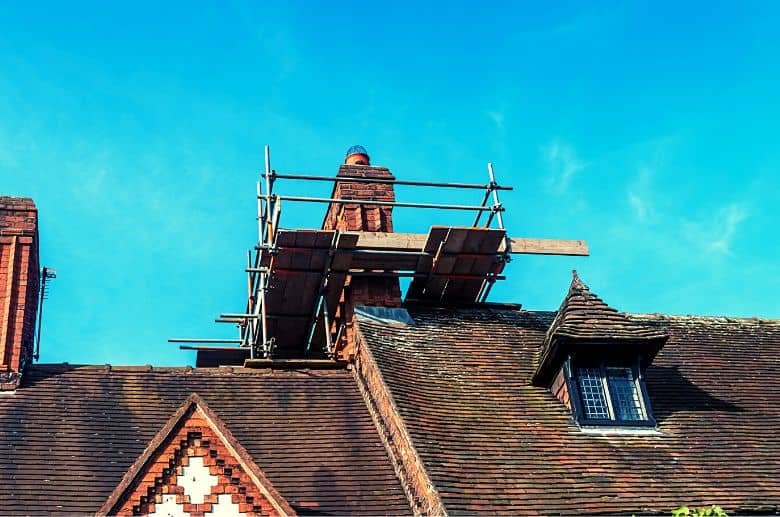
Partial chimney removal comes with several advantages. Let’s take a look at them.
It provides the option to rebuild the stack
Nowadays, more homes are built without fireplaces. This is because there are many heating systems, so some homeowners don’t see the need for a traditional chimney.
But chimney systems give your home a classical look, and having one increases your home’s value.
Building a chimney from scratch is costly. So, potential buyers that consider a chimney an essential feature will most likely not buy your home if it doesn’t have one.
If you partially remove it, it will be easier because all they need to do to have a functioning chimney system is build a stack. Note that a chimney increases the value of your home by about $4000.
Significantly reduces full chimney removal costs
A complete chimney removal is where you get rid of the fireplace, breast, stack, and flue.
This can cost thousands of dollars as a chimney is integral to your home’s structure, and you will need support structures and reinforcements, which means more human labor and materials. Remember, full chimney removal will affect the adjacent unit’s structure and will probably increase the cost.
Partial chimney removal involves the removal of only the visible part of the chimney that emerges from your roof.
Once you have removed it, all you will need to do is to seal the hole. Your chimney sweep’s cost will be much lower than that of a complete chimney removal.
Eliminates chimney maintenance costs
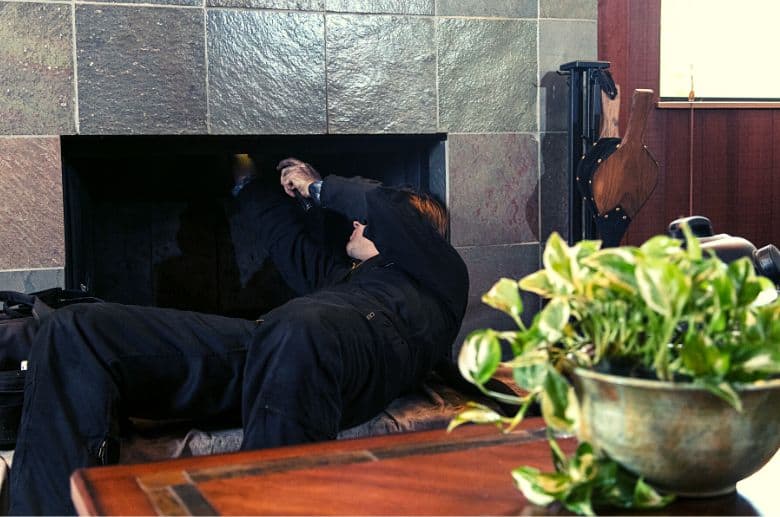
A chimney keeps a home warm and cozy during the chilly winter months. For your chimney to function well, you have to maintain it properly. Chimney maintenance involves:
- Removing soot and creosote that accumulate in the fireplace and chimney liner.
- Ensuring chimney components like the cap and crown are in excellent condition.
- Removing nesting material.
- Waterproofing bricks.
- Tuckpointing (replacing deteriorating mortar).
Most chimney damage issues are caused by the stack’s exposure to weather elements such as rain and snow.
If you remove the outer part of the chimney, you will have eliminated maintenance costs as you will not be using the fireplace.
Enables you to retain other chimney components
We recommend removing only half of your shared chimney as it will enable you to retain other components like the breast and fireplace.
The fireplace is a focal point in most homes in the United States. It gives your home a timeless look. So, removing the entire chimney will make your home less desirable.
Prevents structural issues
The chimney is an important part of a house’s structure. Removing the whole chimney will affect the home’s structure and require a professional.
Also, it will be costly because of the labor and equipment needed. On the other hand, partial chimney removal does not require a lot of work.
We recommend hiring a certified chimney sweep to ensure there are no problems during the removal process of half of your shared chimney.
——
Do You Need to Hire Chimney & Fireplace Expert?
Get free quotes from qualified experts near you. No commitment required!
——
Cons of removing your half of a shared chimney stack
Partial chimney removal seems like a great idea, as discussed above. But it also has the following cons.
Changes your home’s look
Removing the stack changes your home’s look from the outside. Only remove the stack if you are comfortable with a new look.
Can lead to water damage issues
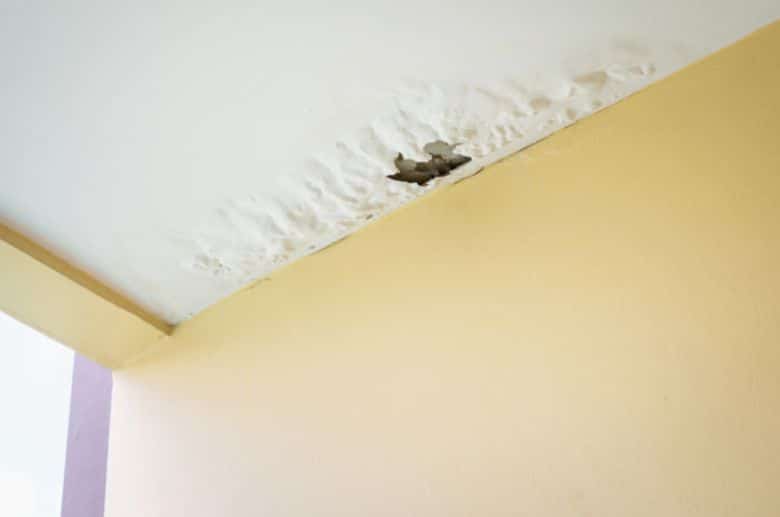
When you remove the stack, you need to seal the hole left properly to prevent rainwater from entering your home.
Water leaks can cause mold growth, structural problems, and the staining of wall paint. Use a professional chimney sweep to prevent water leaks caused by improper removal of the stack.
Do you need a party wall agreement to remove shared chimney with a neighbor?
You need a party wall agreement to remove a shared chimney. This is because a chimney is a major structural component and making changes to it affects the structural integrity of houses or units.
But what is a party wall? It is a shared wall that connects two homes or units. If your chimney is built on a party wall, you must get your neighbor’s permission before removing half of the shared chimney.
The party wall act regulates the removal of sections of chimneys built on a party wall.
So, before starting the removal process, you are required by law to serve your neighbors with a written notice about your plan to remove half of your shared chimney.
You should do this about two months before the demolition begins. Keep in mind that removing your chimney breast can be a challenge.
This usually happens when you have lower and upper neighbors, and the removal of your chimney breast affects the functioning of their chimneys.
In these cases, you can do little if neighbors refuse to give you permission to remove the breast.
Does shared chimney stack removal devalue a house?
A shared chimney stack removal can greatly decrease the value of a house. A fireplace is a vital amenity in colder areas as it is one of the main heat sources.
So, if you want to sell a home without a chimney working chimney, you will get only a handful of interested buyers.
You will probably have to reduce the price to find a willing buyer. A National Association of Realtors study revealed that a working fireplace increases a home’s value by 12%.
Note that if you live in a warmer region. A chimney stack removal won’t affect the price as chimneys typically function as decorative features.
Conclusion
You must follow the right procedures before removing half of a shared chimney. If you get the permit to proceed with it, ensure you use a qualified chimney sweep to do the task. This way, the removal will be done properly, and there will be no structural issues.

